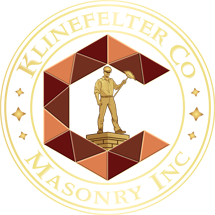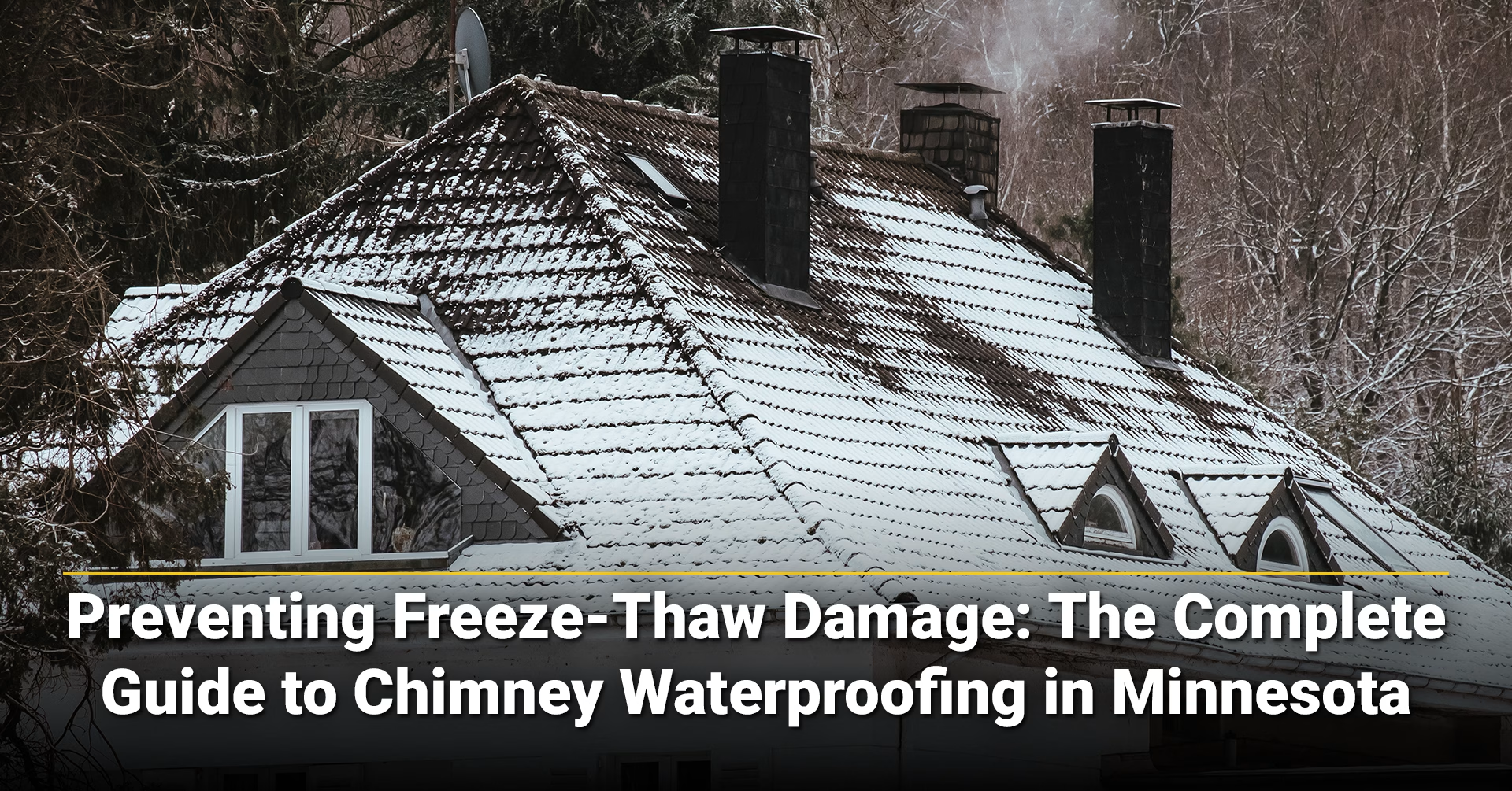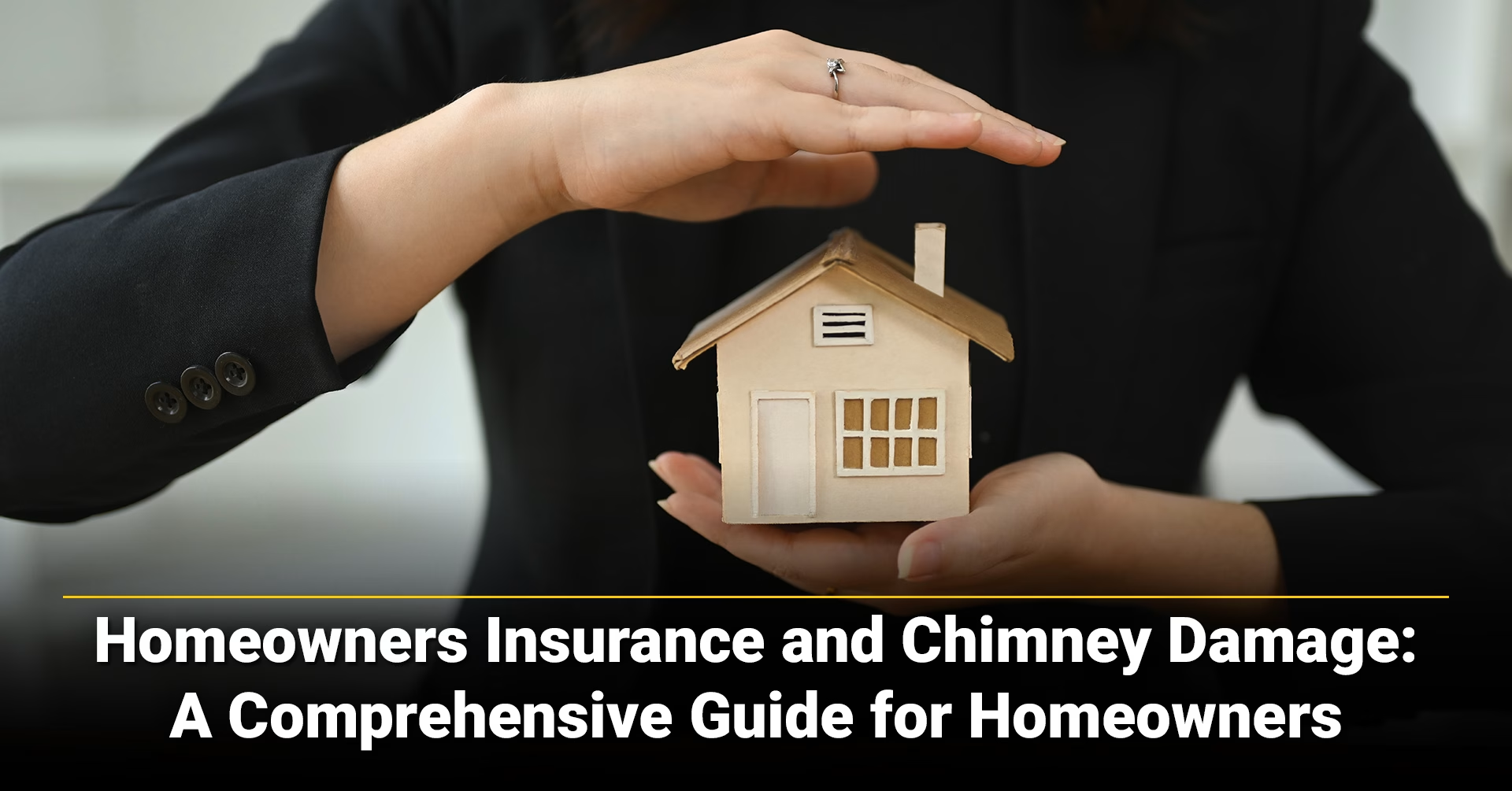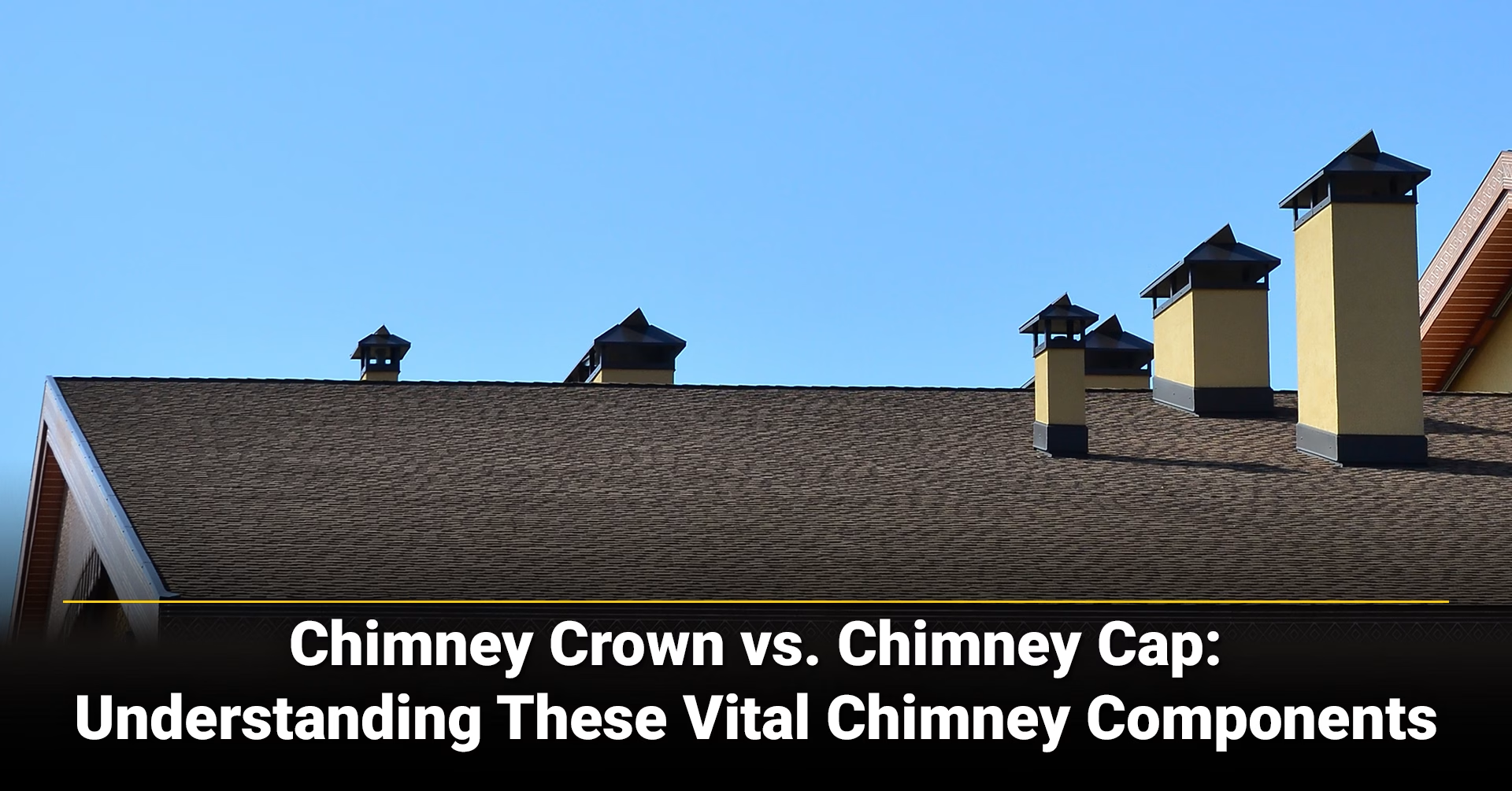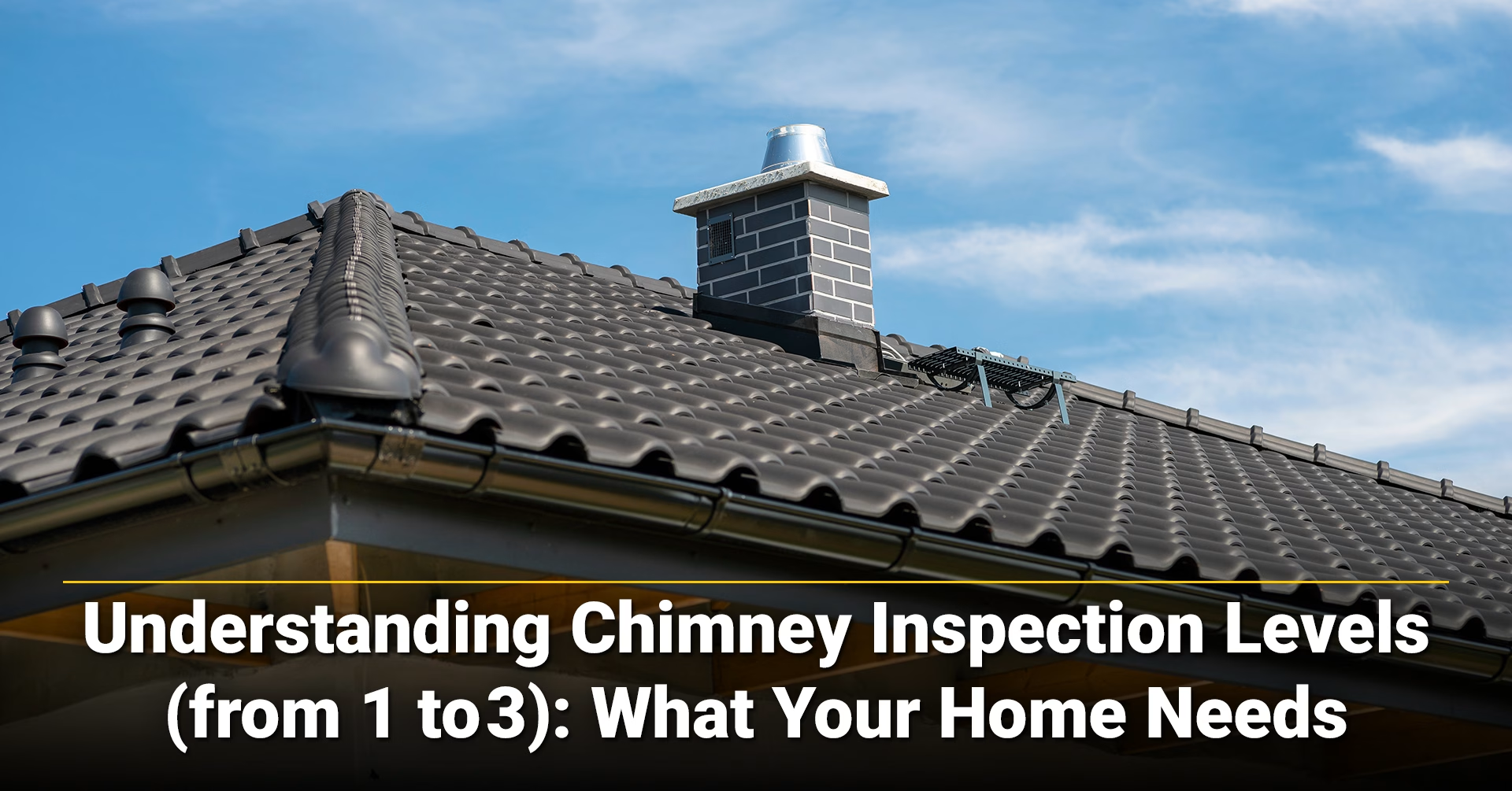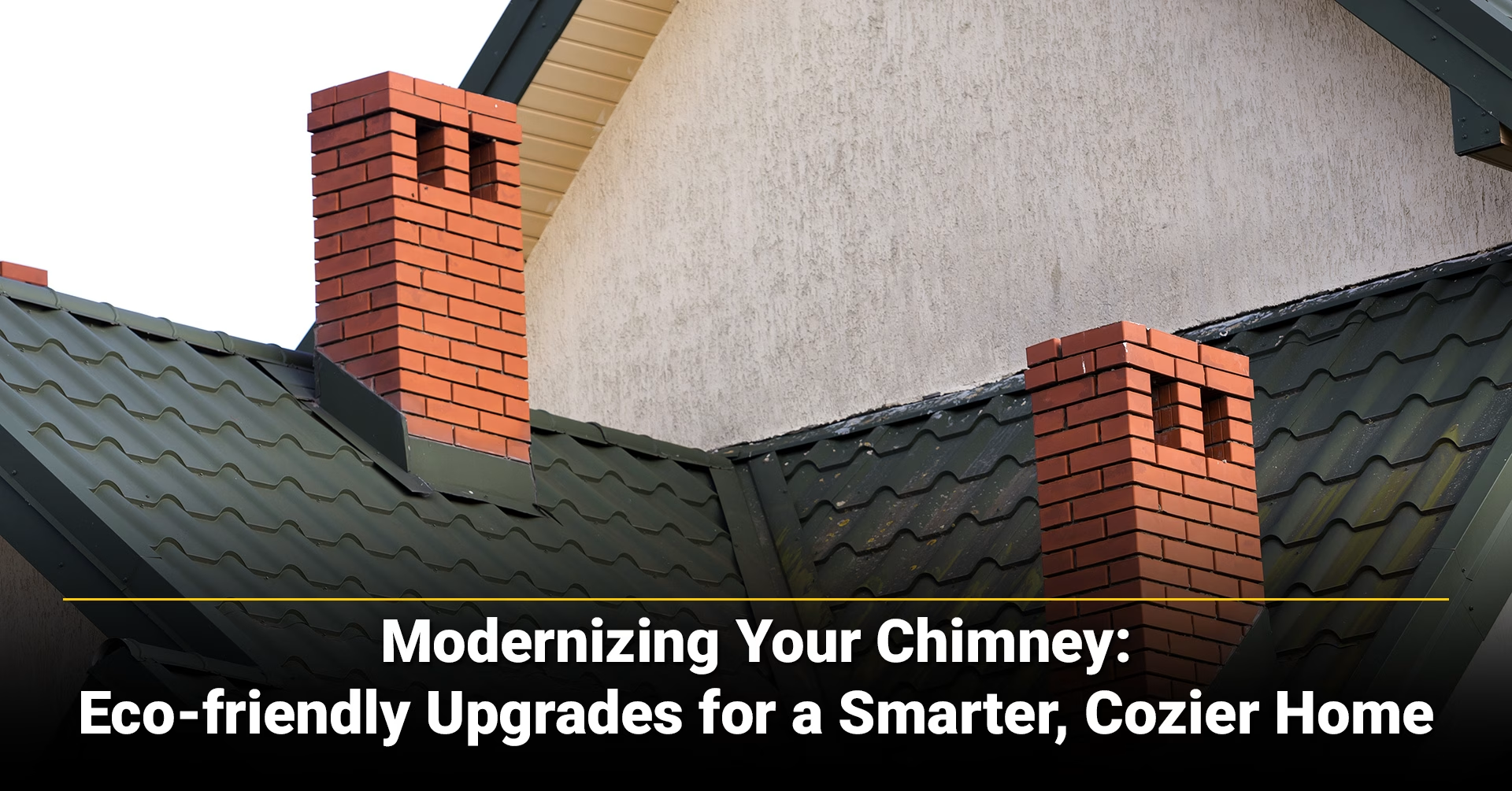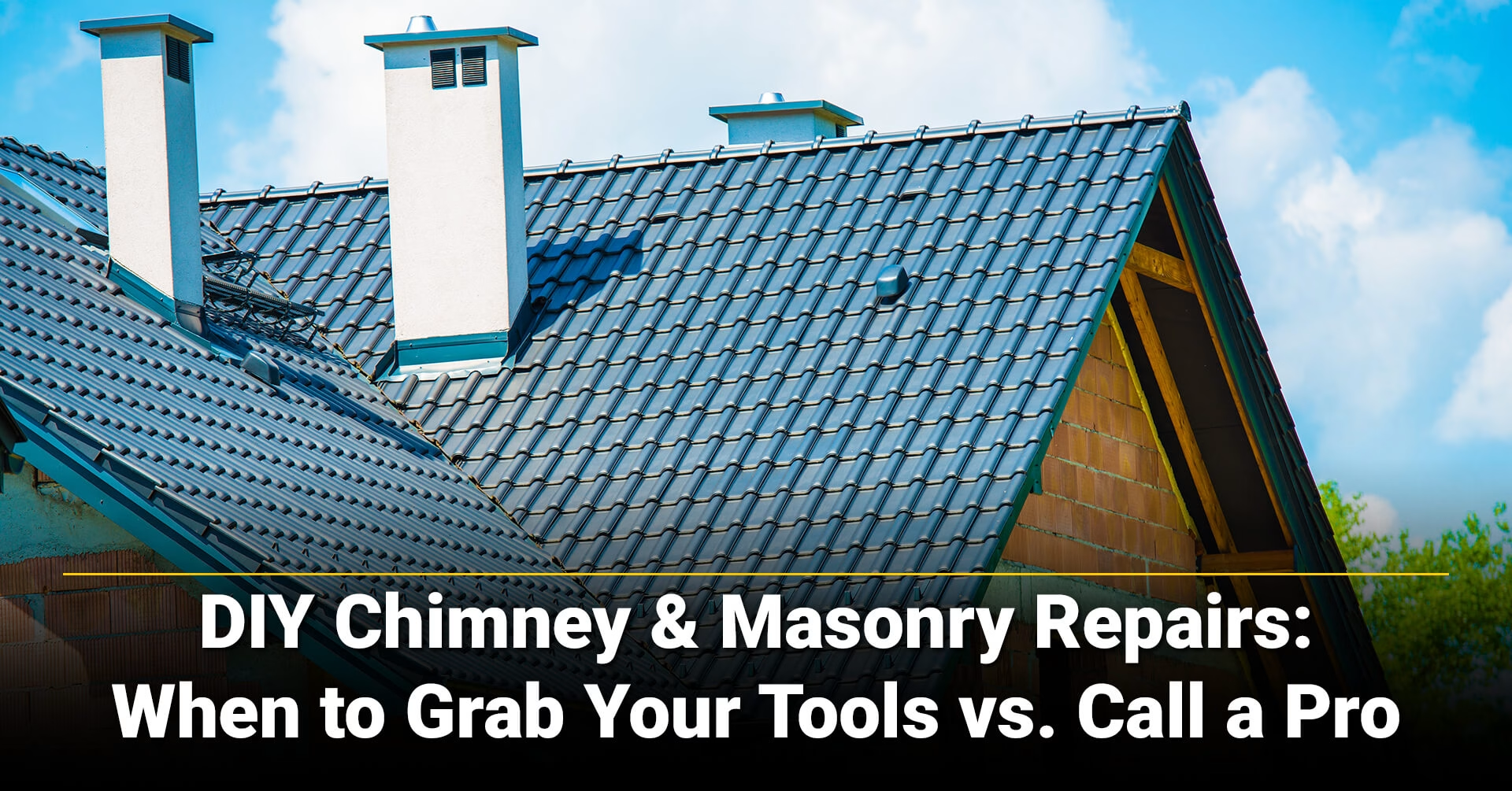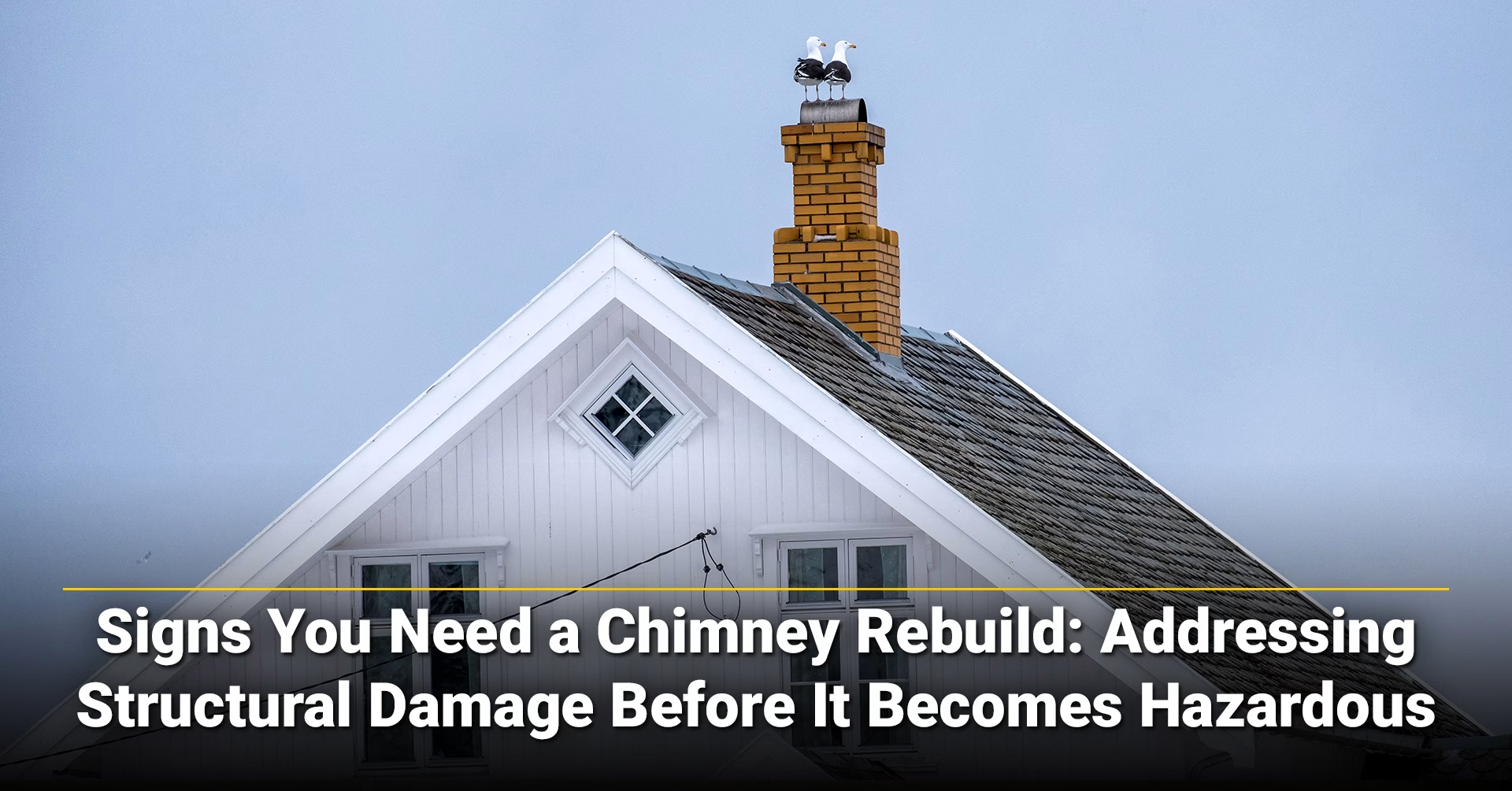The Minnesota Chimney Story: There’s not much that beats the feeling of a warm, crackling fire on a cold Minnesota evening. For many of us, the fireplace is the heart of the home, a cozy spot to gather with family when the snow flies and the wind howls. We trust our chimneys to do a simple but vital job: safely carry smoke and dangerous gases up and out of our houses. But what we don’t always think about is the toll our fierce North Star winters can take on that trusty brick stack. The constant cycle of freezing and thawing, a relentless force of nature, can quietly and aggressively break down a chimney’s structure, creating a slow-motion problem that is easy to ignore until it’s too late. The purpose of this guide is to help homeowners become detectives, recognizing the early red flags of chimney damage before a small crack turns into a collapse.
Key Takeaways
The severe Minnesota weather and its constant freeze-thaw cycle can relentlessly damage a chimney’s structure. Serving as a homeowner’s call to action, this guide will urge you to seek out early warning signs both inside and out. Clues include spalling bricks, a leaning stack, or crumbling mortar on the exterior, and rust or water stains on the interior. Spotting these issues early can mean the difference between an affordable repair, like simple tuckpointing or flue relining, and a costly, extensive, and dangerous rebuild. Proactive care, including a professional inspection, is the single best way to ensure the chimney remains a safe and reliable heart of your home for years to come.
1. The "Uff Da" of Minnesota Winters: Why Our Chimneys Take a Beating
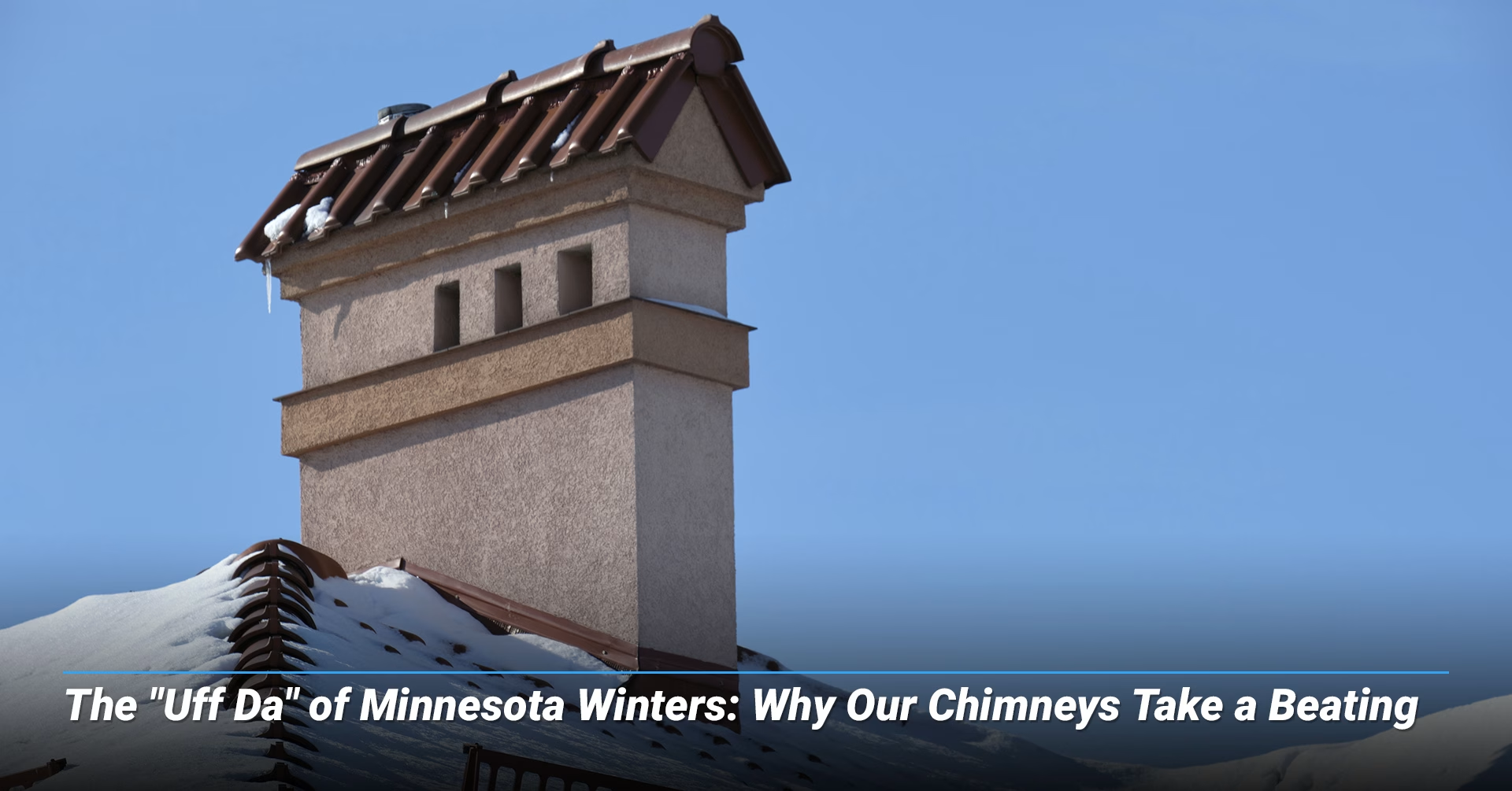
Here in the land of 10,000 lakes, our chimneys face a particularly tough opponent: the freeze-thaw cycle. Think about the potholes that pop up on our roads every spring. They start as tiny cracks in the pavement. Water seeps into those cracks, and when temperatures drop below freezing, the water turns to ice and expands, forcing the pavement apart. When it thaws, large cracks are left behind,ready to fill with water and freeze again. It’s the same process with your chimney. Bricks and mortar are absorbent, and they soak up moisture from rain, sleet, and melting snow. When frozen, it puts immense pressure on the masonry, causing cracks, fissures, and deterioration. The problem is that this isn’t a one-time event; it’s a constant, year-after-year structural breakdown that relentlessly degrades your chimney’s integrity. It explains why major repairs or full chimney rebuilds are common amongst homes in the Twin Cities metro area.
2. Warning Signs on the Outside: Your Chimney's Red Flags
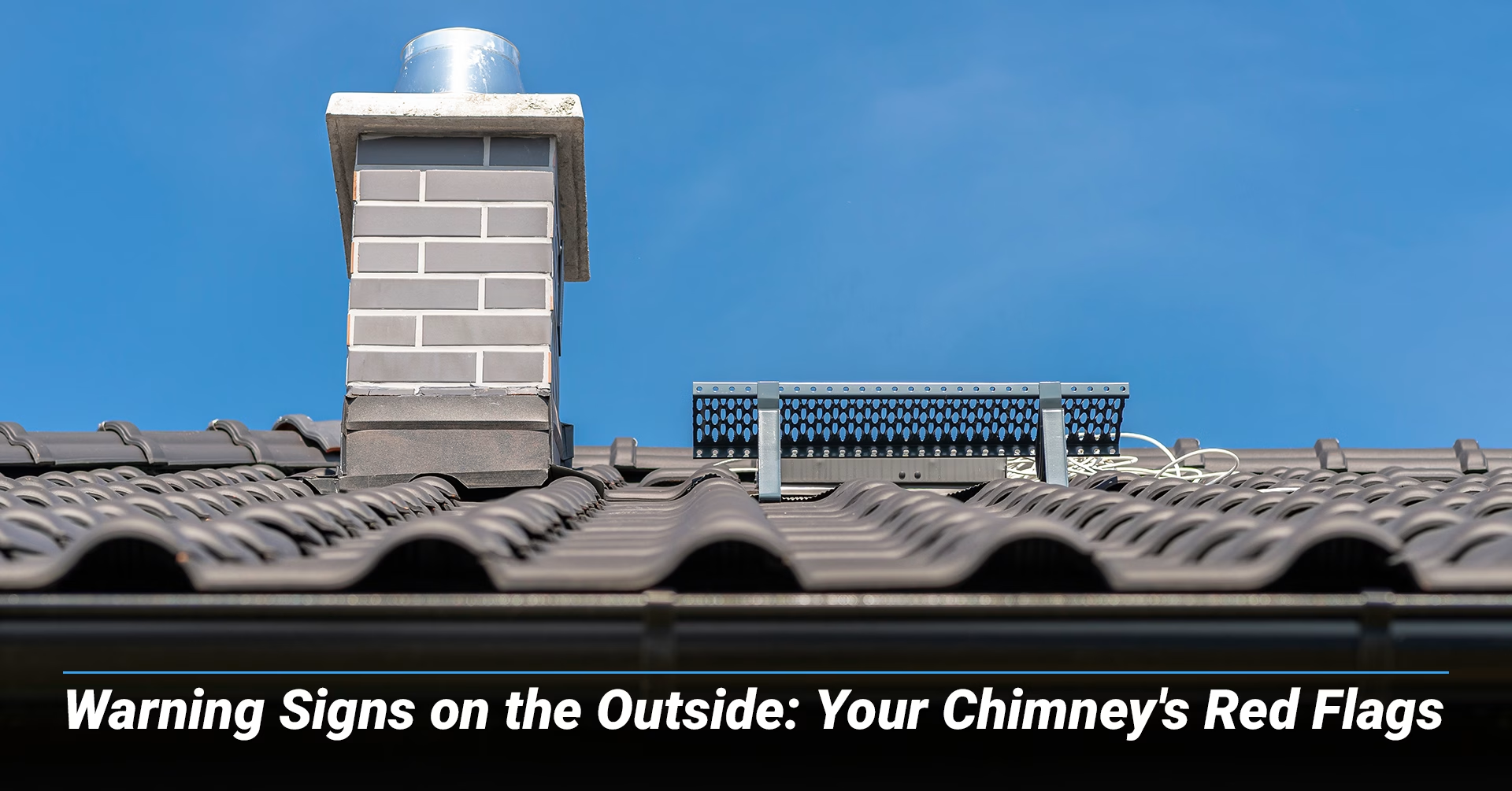
A good first step to becoming a chimney detective is to step outside and take a good, hard look at the chimney stack. A serious red flag would be chimneys leaning or pulling away from the house. This is an immediate, serious concern that can signal a failing foundation or severe structural failure that could lead to a collapse. It should always stand straight and true. Another major sign of trouble is what’s referred to as “spalling,” which is when the face of a brick flakes, peels, or crumbles away from the surface. Spalling is a direct result of the freeze-thaw cycle, pushing the face right off the brick. This isn’t only a cosmetic problem; it means the brick is absorbing water and losing its integrity, making the structure vulnerable to further damage.
Other tell-tale signs of a water problem include:
A. A white, chalky powder on the bricks called efflorescence. The stain itself isn’t the culprit, but it’s a clear indication that water is seeping through the masonry, dissolving natural salts, and leaving them behind as the moisture evaporates. Being a symptom of a deeper issue, it means your chimney is absorbing moisture and needs to be properly waterproofed.
B. Crumbling, cracked, or missing mortar joints. The mortar is the “glue” that holds your chimney together. At peak performance, they can last up to 25 years. If you see crumbling, cracked, or missing mortar, it’s letting water in which can lead to a fire hazard or collapse. Crumbling mortar is a key sign that you need to get the chimney “tuckpointed.”
3. Trouble on the Inside: The Hidden Dangers
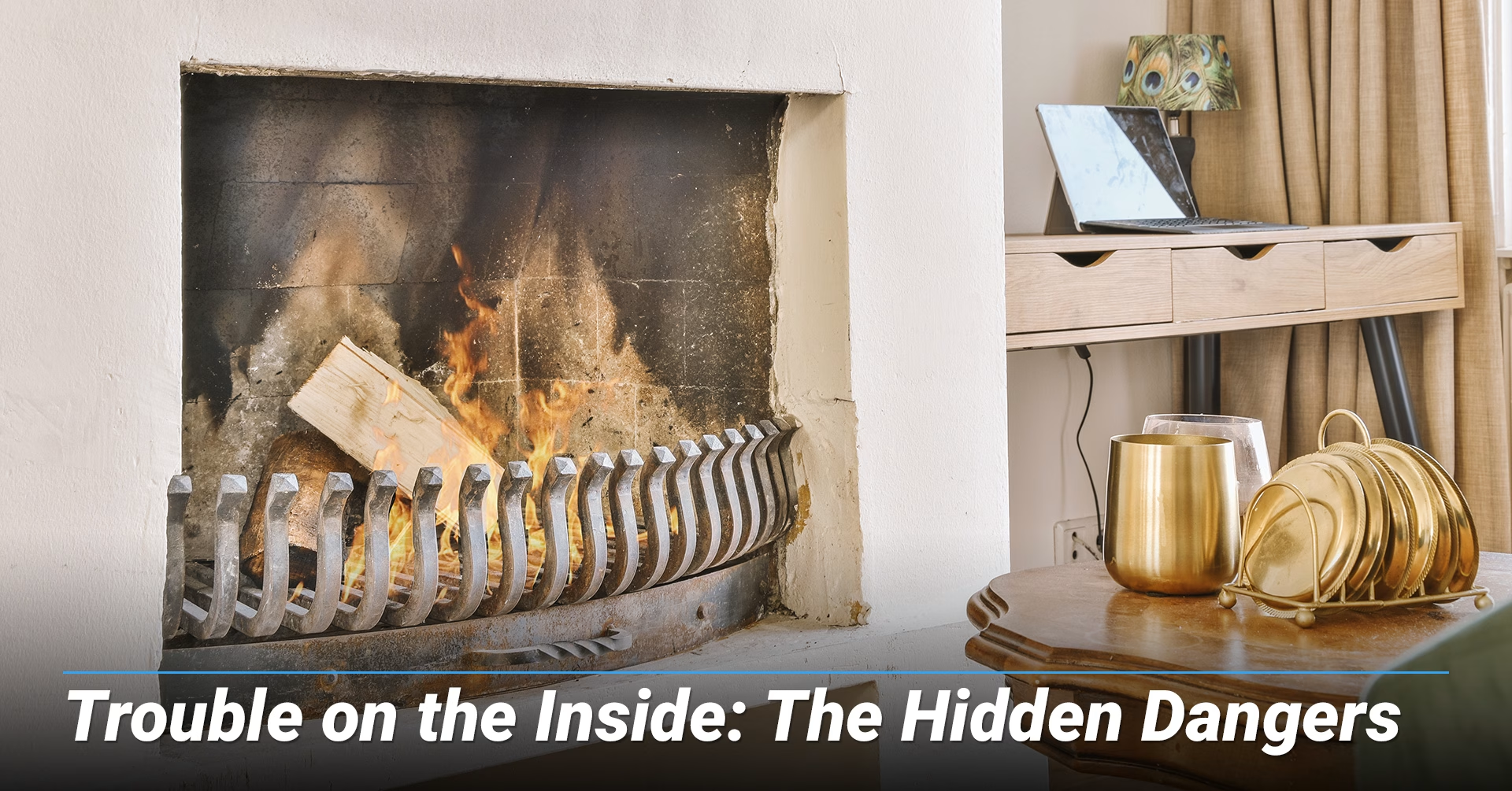
The outside signs of chimney damage are often mirrored by serious problems on the inside.
A. Water stains, bubbling wallpaper, or peeling paint on walls or ceilings near the chimney are all clear signs of a moisture leak.
B. Rust on your fireplace damper, firebox, or grate indicates that moisture has found its way into the system. Remember, water should never enter a fireplace.
C. Finding small pieces of clay tile or other debris in the firebox is another significant red flag. This means your chimney’s flue liner is falling apart, a problem known as “shaling”.
A compromised flue liner is not only a maintenance problem; it’s a serious safety issue. The most immediate danger is that the liner protects your home from heat transfer. Once damaged, it can allow dangerously hot flue gases to escape and ignite nearby wood framing through a process called pyrolysis. This takes as little as 3.5 hours for wood adjacent to an unlined chimney to ignite. Another critical danger is the potential for toxic gases to leak into your home. When not working properly, flue liner can allow “invisible, odorless carbon monoxide” to seep into your living space, a deadly threat known as the “silent killer.” This is why addressing internal damage is a matter of life and death, not merely home maintenance.
4. Chimney Talk: What the Pros Mean by 'Repair'
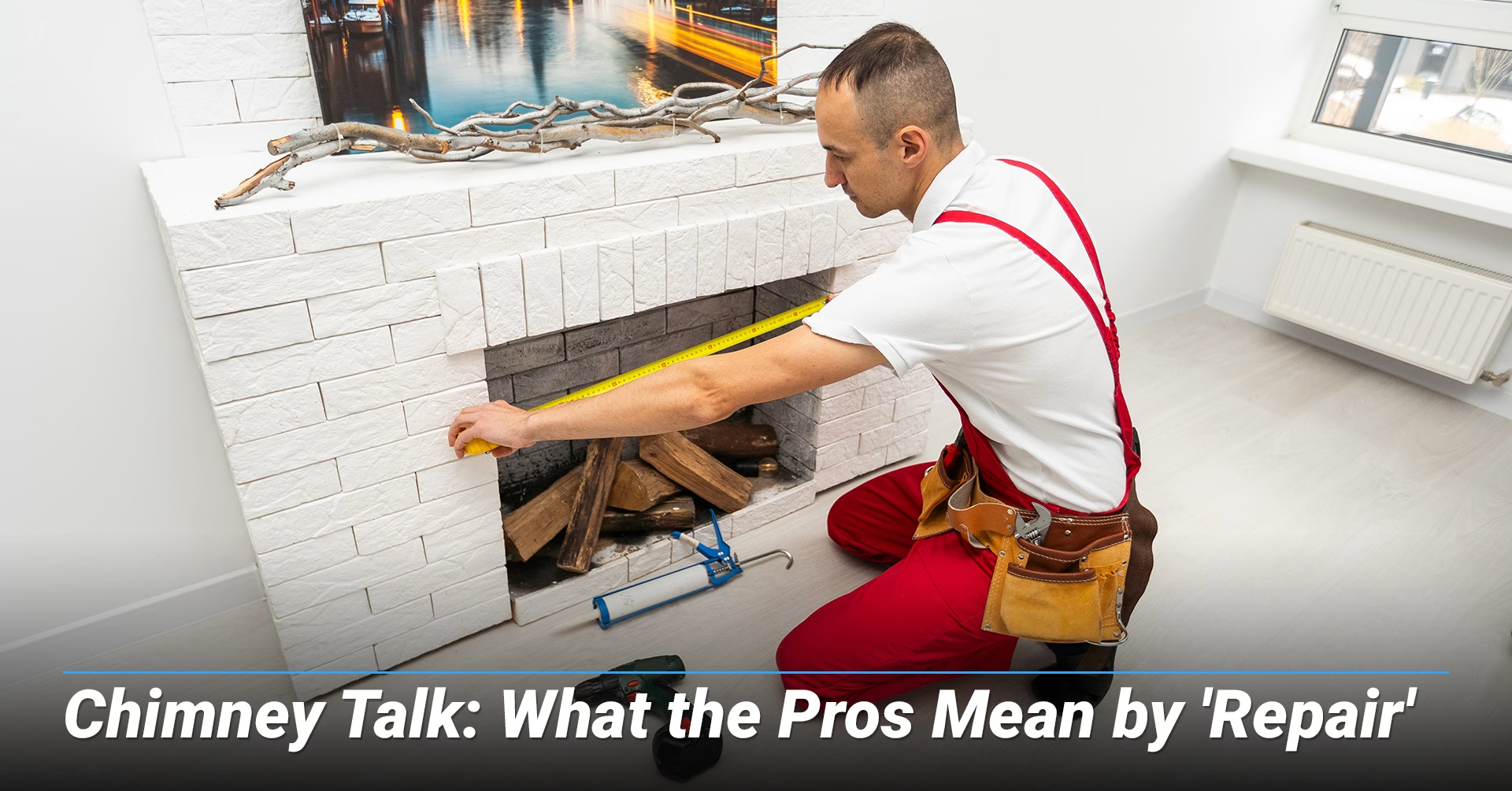
If the damage is caught early, a rebuild isn’t always the answer. A multitude of problems can be fixed with targeted, budget-friendly repairs to extend the life of your chimney for years to come.
a. Tuckpointing: A common chimney repair is called tuckpointing. This involves scraping out old, crumbling mortar and replacing it with new, fresh mortar. A cost-saving measure, it restores the structural integrity before the bricks are damaged.
b. Crown Repair/Replacement: Another key component is the chimney crown, which is the concrete or stone “lid” sealing the top of the masonry by directing water away from the structure. If the crown has only minor cracks, it can sometimes be sealed. However, if it’s crumbling or severely cracked, it needs to be replaced completely.
c. Flue Relining: If the flue liner is compromised, it may need to be relined. Doing so involves installing a new interior pipe, often a durable stainless steel liner, to restore safety and efficiency.
By addressing these issues early, homeowners can prevent minor problems from escalating into major, expensive, and dangerous issues.
5. The "Only Option Left" Rebuild
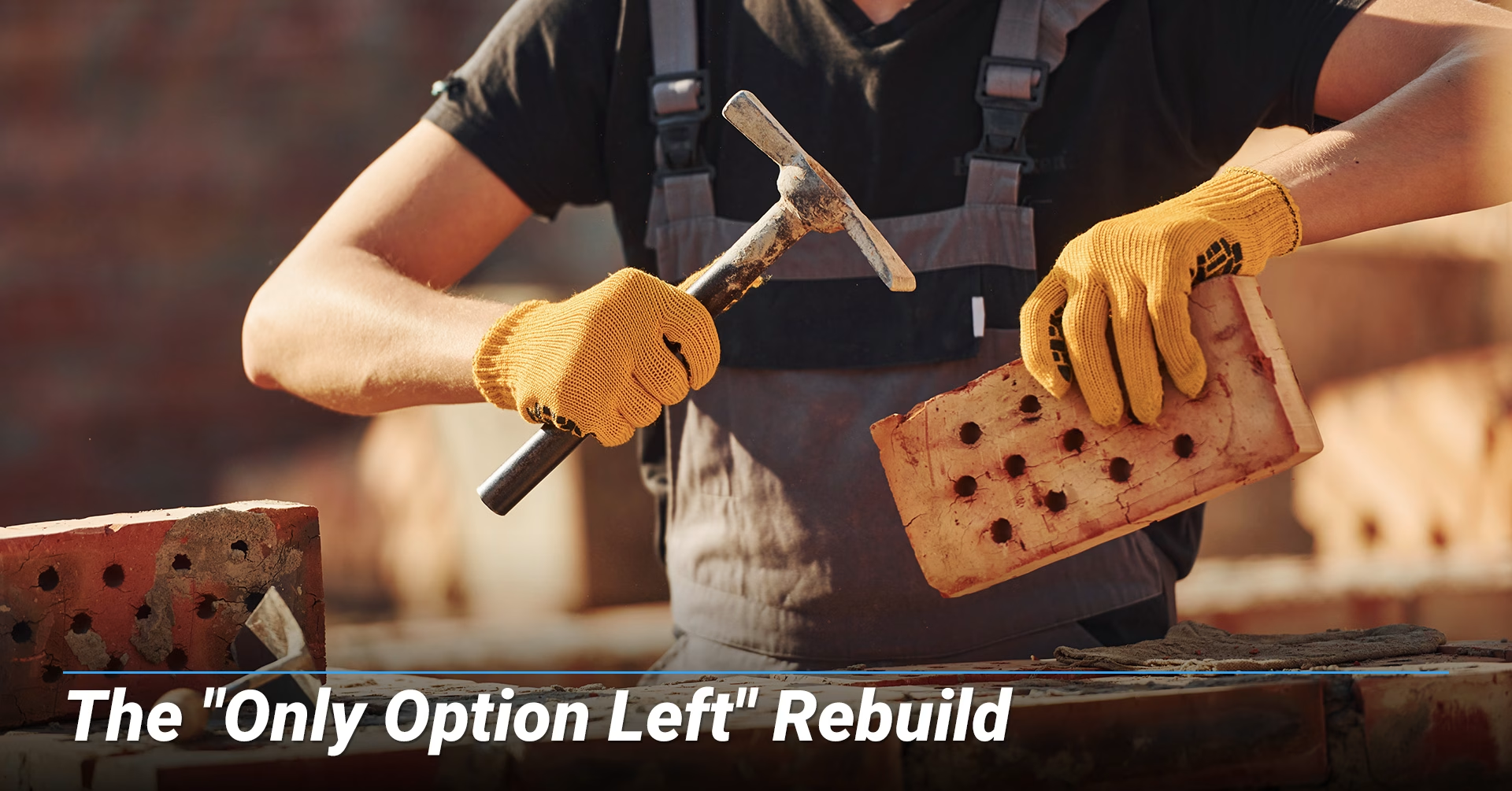
Unfortunately, some chimneys are damaged beyond repair and require a rebuild. This becomes necessary when the chimney is structurally unsound and a simple repair won’t fix the root cause of the problem. Some of the most common reasons for this include a chimney that is visibly leaning or has pulled away from the house. Another cause is widespread spalling or crumbling bricks that go beyond the surface and have compromised the core integrity of the masonry. In some cases, the damage has reached a point where it impacted the chimney’s foundation, making a full rebuild the only solution.
Chimney rebuilding can come in two forms; a partial rebuild and full rebuild. Partial involves tearing down and rebuilding only the top section of the chimney (stack), especially when the top is exposed to the elements. Full rebuilds require tearing down the entire chimney and starting from the ground up. This is a more extensive and costly process, and it is typically the result of long-term neglect. The decision to rebuild is the ultimate financial and safety consequence of ignoring any and all early warning signs.
6. Understanding Repair vs. Rebuild Costs
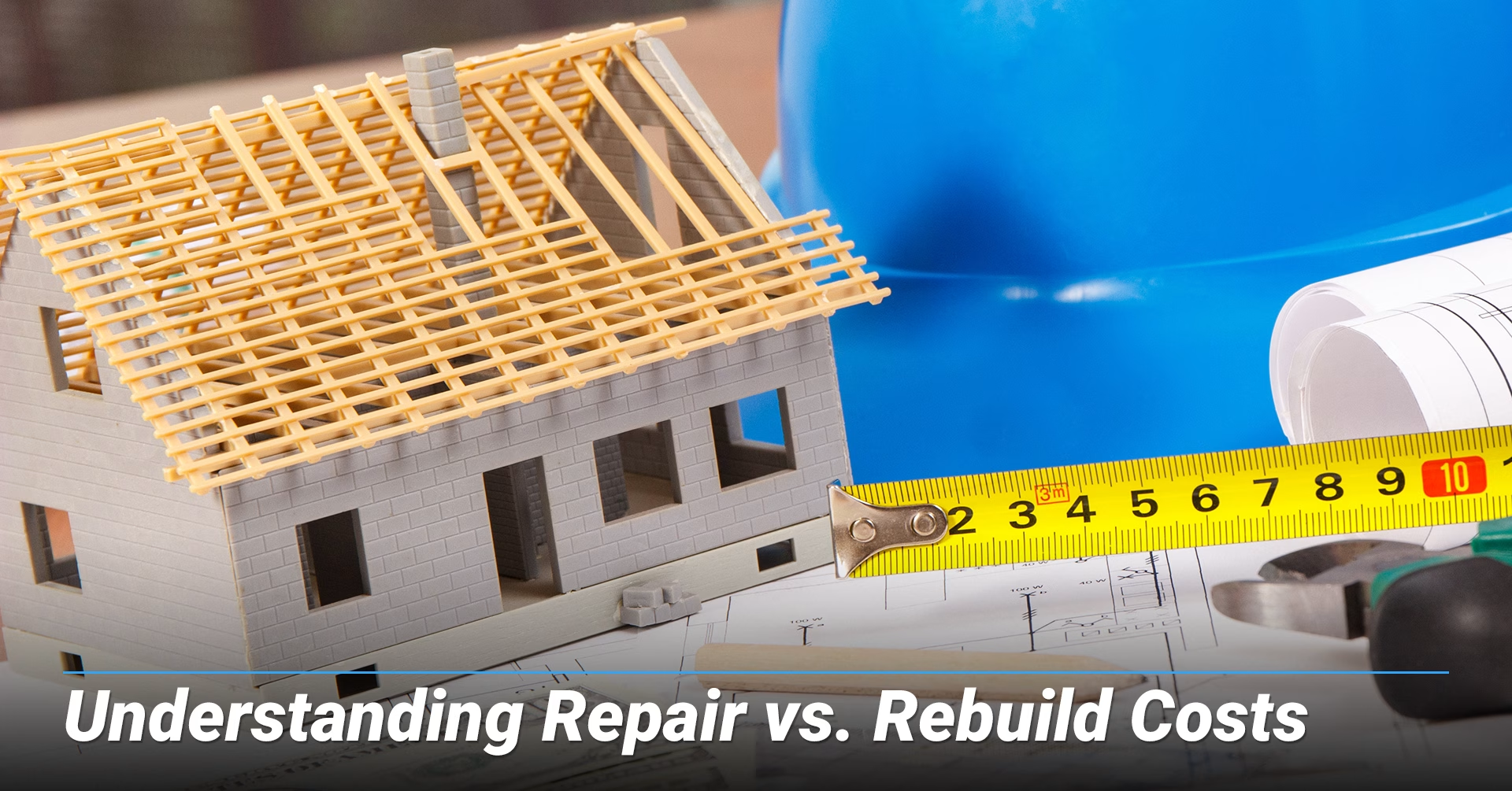
Chimney work isn’t light on the wallet, but the cost depends entirely on the type and severity of the problem. A homeowner’s willingness to act on the early warning signs can be a strong investment for saving money down the line. The following table provides a quick look at the average cost difference between minor repairs and a full rebuild.
Type of Job | Relative Cost |
Minor Crack Repair | Low |
Chimney Cap Replacement | Low to Moderate |
Tuckpointing (per 100 sq. ft.) | Moderate |
Crown Replacement | Moderate |
Flue Relining | High |
Leaning Chimney Repair | High |
Partial Rebuild (Stack) | Moderate to High |
Full Chimney Rebuild | Very High |
7. Your Next Steps: From Recognizing a Problem to Hiring a Pro
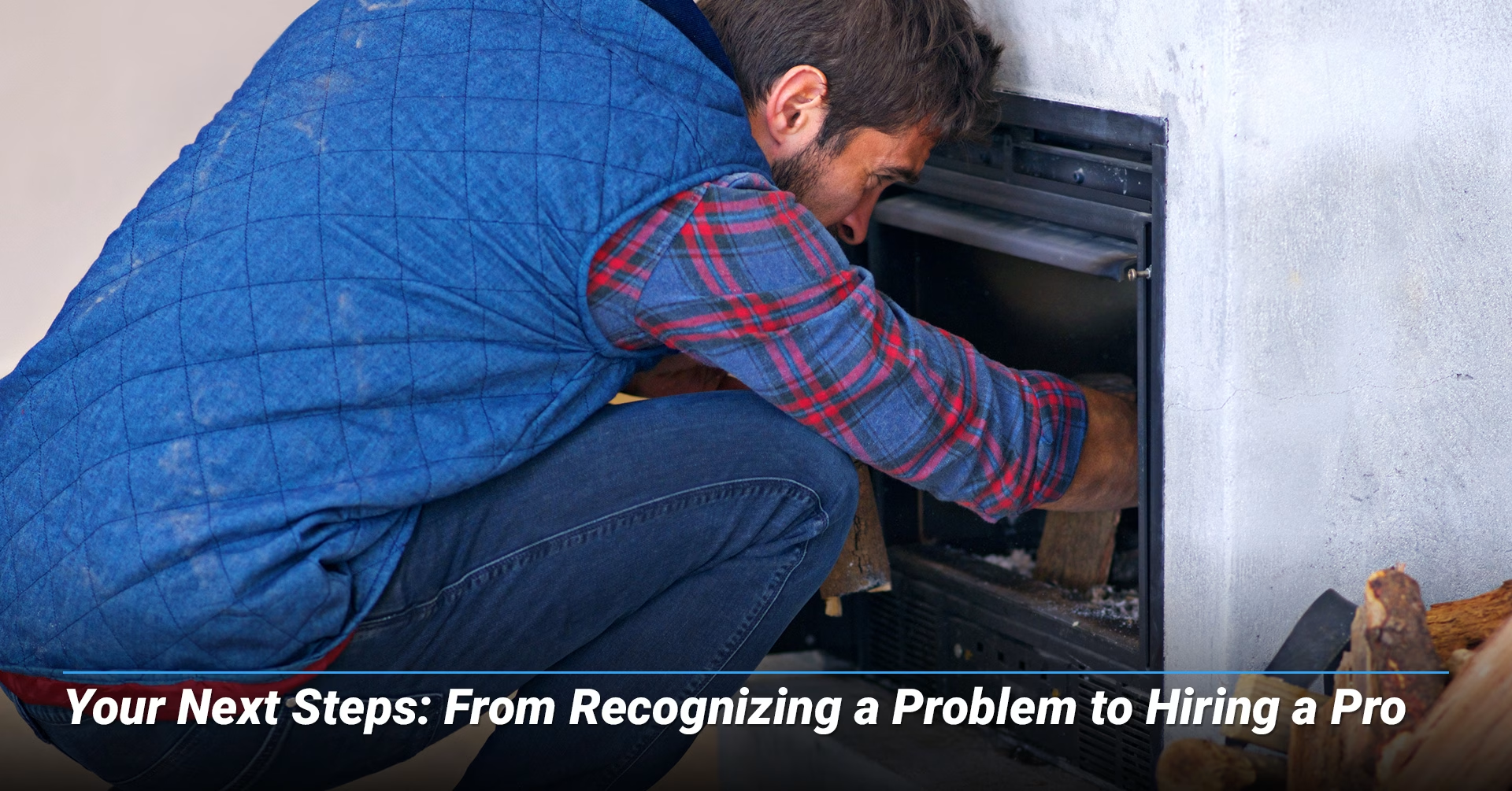
If you’ve spotted any of the warning signs discussed, the next step is to have a professional inspection. The National Fire Protection Association (NFPA) defines three levels of inspection. For general annual maintenance, a Level 1 inspection is sufficient. However, if you suspect damage, especially after a fire or severe storm, a Level 2 inspection is a must.
A. A Level 2 inspection includes a video camera scan of the entire flue, which can reveal hidden damage that is impossible to see from the outside.
B. It’s always best to hire a CSIA-certified chimney sweep, as they have the specialized training to identify hazards and follow safety standards. Reputable local companies like Jack Pixley Sweeps in the Twin Cities have certified technicians ready to help.
Regarding a major project like a chimney rebuild, a permit is needed from your local building department. For example, the City of Roseville, Minnesota, has a paperless permit system and a phone number to call for any questions. Local city codes often emphasize “doing it right the first time and continuing to maintain property”. This is the guiding principle for any homeowner. Investing in a professional inspection and following the proper procedure, including pulling permits, is the only way to ensure the job is done safely and correctly, avoiding future headaches and costs.
Conclusion: Don’tcha Know, a Little Care Goes a Long Way
Ultimately, the best way to protect your home and your family is to be proactive. Our midwest winters are tough, and our chimneys take the brunt of it. But by recognizing the warning signs—from a leaning stack to a rust stain—a homeowner can stop a small problem from escalating. Early repairs like tuckpointing and flue relining can save you a bundle compared to the financial gut-punch of a full rebuild. By investing in a professional inspection and taking timely action, it ensures your fireplace provides safe, cozy warmth for many more winters to come.
Frequently Asked Questions
1. Does homeowners insurance cover chimney damage?
Homeowners insurance typically covers damage from “sudden and accidental” events like a lightning strike, a chimney fire, or a fallen tree during a storm. Damage caused by long-term neglect, age, or normal wear and tear—such as crumbling mortar or efflorescence—is not typically covered. Most insurers will deny a claim if they determine the damage was due to a lack of maintenance.
2. What is the difference between a chimney crown and a chimney cap?
The chimney crown is a concrete or stone slab that seals the top of the chimney’s masonry, directing water away from the structure. A chimney cap is the metal cover sitting above the flue opening itself. The crown acts like a “roof” for the chimney structure, while the cap acts like an “umbrella” for the flue, keeping out rain, animals, and debris while also acting as a spark arrestor.
3. Why is my fireplace smoking?
A smoking fireplace means the draft isn’t working correctly. This is often caused by a blocked chimney from creosote buildup, a bird’s nest, or other debris. It can also be caused by negative air pressure in your home—when exhaust fans are running and there’s not enough fresh air to feed the fire. Using unseasoned firewood or a chimney that’s too short can also contribute to a weak draft.
4. When is the best time of year to schedule a chimney repair?
Spring is considered the best time for chimney masonry repairs since the weather is milder, allowing materials like mortar to set correctly. Summer is also a smart option for exterior work. Fall is a critical time for inspections and minor repairs to prepare for the heating season, while winter presents challenges due to cold temperatures and should be avoided for major projects if possible.
5. What’s the difference between Level 1, 2, and 3 chimney inspections?
A Level 1 inspection is a basic visual check recommended for annual maintenance. A Level 2 inspection is more detailed and includes a video scan of the flue, being required during real estate transactions or after a chimney fire/storm damage. Level 3 inspections are the most comprehensive and should only be performed when a serious hidden hazard is suspected, often requiring parts of the chimney to be dismantled.
